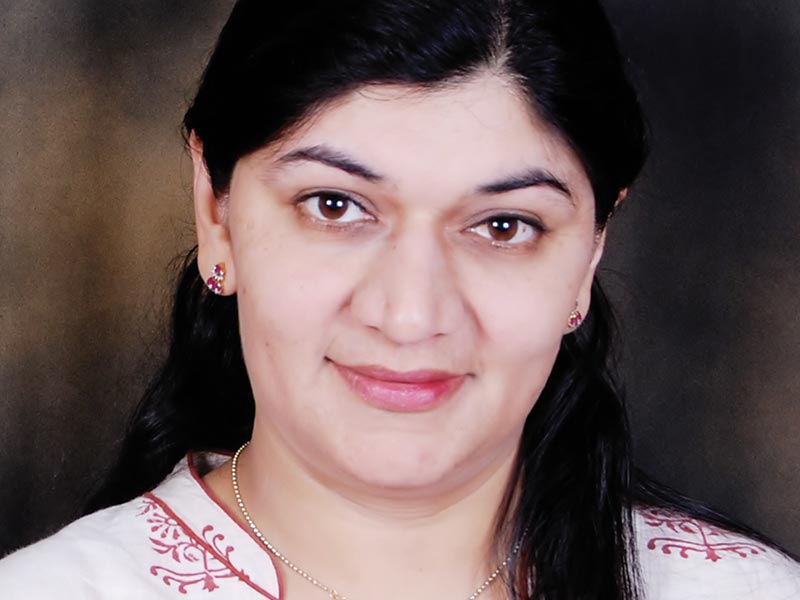
Today, India is the second largest market for green buildings in the world, implying that there is growing awareness and even greater scope in the near future. Our country has always been strong with vernacular concepts that inspired architects to build ecologically responsible efficient structures. We have always been closely associated to our traditional roots but with the global architectural vocabulary, a varied set of problems are emerging - majorly with decreased efficiency and performance of the building structure. To imbibe location-specific solutions to contemporary architecture and evolve with innovative solutions inspired from technological growth, we are coming up with a new genre of buildings - green or sustainable architecture, which is not only the need of the hour, but also forming the foundation of future construction.
My doctoral research inquiry revealed three major challenges that are a barrier to green construction practices. These were: enhanced cost implication; information on green materials and products; and overall green awareness. Further, the limitations with voluntary acceptability of green buildings have been noted at various ends and possible solution suggested is mandating of few green norms with inclusion in the local regulation and codes.
It is noted that green aspects have minute impacts that are tangible and perceptible affecting the overall economy of the project. The cost aspect can be looked at as an opportunity to enhance the architect’s intervention and produce a better performing design that should neutralize cost impact and create the same building at the original budget often termed as conventional cost. Integration of the architect’s services with design and landscape merging with green parameters, and early initiation of these strategies can save major first costs to the project.
Today, India is the second largest market for green buildings in the world, implying that there is growing awareness and even greater scope in the near future
I admire
Falling Water by Frank Lloyd Wright stands bold for its organic nature with dynamism and aesthetic balance. The house is an integration of indoor and outdoor spaces considering the functional aspect and attitude towards the surrounding nature that is alive in real form – the waterfall. Elements like cantilever, materials and the colour shades, add to the glory of the space.

Gracing the highest point in Mahabaleshwar is the LEED Gold certified Le Meridian Resort and Spa with small cottages spread over approx 27 acres merging with 2,000 native trees. The credit goes to the promoter Bramhacorp Hotels & Resorts Ltd and the sensitive team of consultants who defined the green strategies from project initiation to occupancy and operational level. Eco Solutions was the LEED facilitator for the project.















